SHAFT is a computer program used to evaluate the axial capacity and the short-term, load-settlement curves of drilled shafts or bored piles in various types of soils. In general, the majority of axial capacity methods used by SHAFT are based on the latest FHWA manual. In addition, several other axial capacity methods are provided for clay shales, gravels, and gravelly sands.
SHAFT v2012 introduces LRFD principles for axial response of deep foundations so users of this new release are now able to specify separate reduction factors for side resistance and end bearing on each soil layer.
The analytical methods employed by SHAFT are based on experimental data obtained from hundreds of well-instrumented axial load tests of full-sized drilled shafts. Newer criteria for soil response of gravel and weak rock were modeled after papers of recent publication.
SHAFT can analyze the axial capacity and settlement behavior of drilled-shafts in eight types of soil and rock models. SHAFT can accommodate any combination of soil and rock layers in a layered profile. The soils and rock models in SHAFT are the following:
- clay - cohesive geomaterial (FHWA),
- sand - cohesionless geomaterial (FHWA),
- clay - shale (Reese & Aurora),
- strong rock - using either side resistance or end bearing (FHWA),
- strong rock - using both side resistance plus end bearing (for comparison)
- decomposed rock/gravel (FHWA) (new since v6),
- weak rock - cohesive intermediate geomaterial (FHWA),
- gravel - cohesionless intermediate geomaterial (Rollins et al)
- gravelly sand (Rollins et al).(new since v6)
* SHAFT download link provides demo version of the software.
Analysis of Piles and Drilled Shafts Under Lateral Loads
LPILE is a special-purpose program based on rational procedures for analyzing a pile under lateral loading using the p-y method.
Static axial capacity of drilled shafts and driven piles
The FB-Deep computer program is a Windows based program used to estimate the static axial capacity of drilled shafts and driven piles.
Analysis of the Axial Capacity of Driven Piles
APILE is used to compute the axial capacity, as a function of depth, of a driven pile in clay, sand, or mixed-soil profiles.
Behaviour Of Single Piles Under Axial Loading
PileAXL is a program that analyzes the behaviour of single piles under axial loading applied at the pile head for both onshore and offshore engineering problems.
Design and Analysis for Rock Socket under Axial Loading
PileROC is a program that predicts the load settlement curve at the pile head for the piles socketed into rock based on three commonly-used methods.
Submit a review about SHAFT software with your social media profile

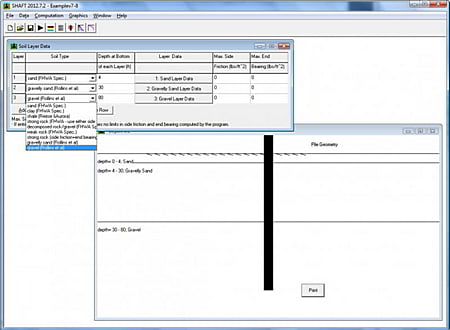
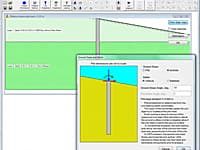
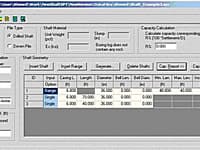
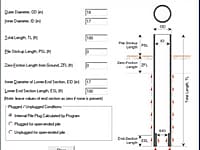
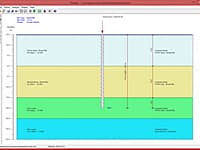
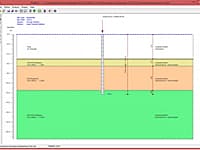
No comments yet. Be the first to comment.